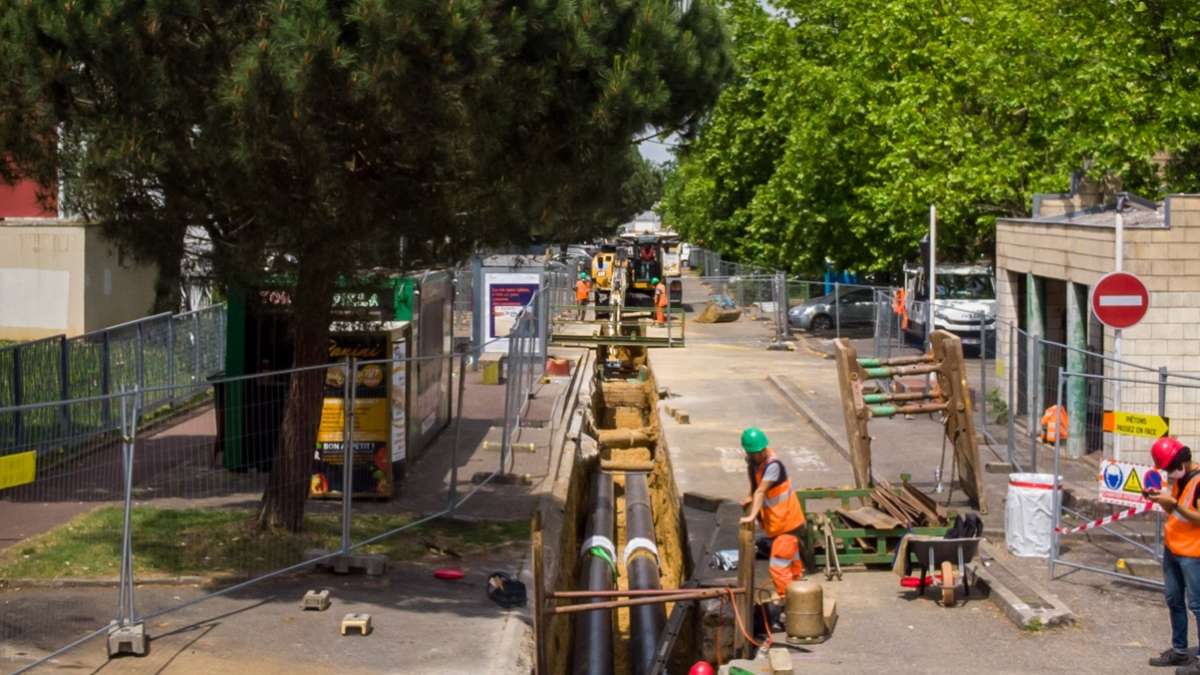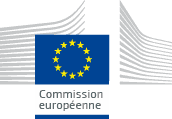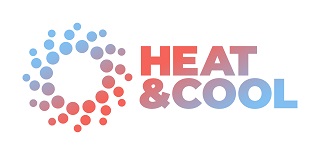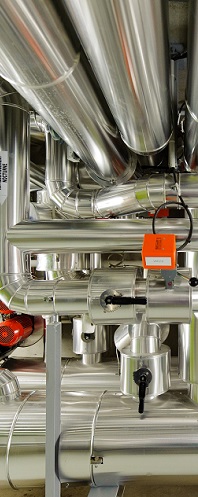
 The European LIFE Heat&Cool project started end of 2021 for a period of 5 years. It is supported by the South Region and aims at promoting the massification of heating and cooling networks from renewable and recovered energy sources (ENR&R) within the region.
The European LIFE Heat&Cool project started end of 2021 for a period of 5 years. It is supported by the South Region and aims at promoting the massification of heating and cooling networks from renewable and recovered energy sources (ENR&R) within the region.
A strong challenge to develop heating and cooling networks powered by renewable energies energy
The development of cooling networks is a challenge for the entire national territory but a particular attention is to it in this project because of the hot climate of the Southern Region which will be impacted by heat waves in the context of global warming.
The development of green heating and cooling networks makes it possible to meet the national objectives of the Law for Energy Transition and Green Growth (LTECV) of August 17, 2015, which calls for fivefold by 2030 in terms of renewable and recovered heat and delivered by heating and cooling by 2030 compared to the 2012 reference year. The LIFE Heat&Cool project also allows the Southern Region towards carbon neutrality, which is the objective set out in the SRADDET by 2050.
The project is broken down into 19 actions which can be be technical, legal and economic, and involves a group of partners alongside the region: Cerema, AMORCE, FNCCR, EnvirobatDBM, the Metropolis of Nice Côte d'Azur, the municipality of Port-de-Bouc and the town of Paullo in Italy.
Cerema is leading 2 of the 19 actions and is mobilizing in-house expertise in in heating and cooling networks, energy planning for local players and in research in energy energy efficiency of buildings.
Strengthening the development of heating and cooling networks and based on renewable energy sources
The first action, called A1, aims to estimate and locate the regional potential for development of heating and cooling networks. Thus, a set of criteria will be studied and analyzed in order to define this potential at the district level: identification of existing and planned networks, estimation of heating and cooling needs, or the potential for recovery of waste heat...
All of this information will be made available to communities in the region in order to help them think about the deployment of heating and cooling networks. This action will run until the end of 2022.
The second action led by Cerema (action C1), which will be carried out until mid-2023, concerns the consideration of renewable heating and cooling networks in urban planning documents. The analysis of planning documents at the regional level, the SRADDET regional level, the SRADDET, at the level of and municipalities, the SCoTs, the PLU(i) and the PCAETs, should make it possible to identify recommendations for local authorities that communities to encourage the emergence of sustainable development policies that support and integrate the development of heating and cooling networks. A section on development operations is also planned.
The 19 actions of the LIFE Heat&Cool project
-
A1 - Potential for regional development of heating and cooling networks
-
C1 - Consideration of renewable heating and cooling networks in urban planning documents
-
C2 - Develop the evaluation and labelling processes
-
C3 - Creation of a technical-economic tool to guide the choice of energy systems made by communities, developers and building owners
-
C4 - Test new billing models for heating and cooling networks
-
C5 - Creation of a tree of choices of legal structures applied to heating and cooling networks
-
C6 - Involve subscribers, users and citizens in governance and participatory financing financing
-
C7 - Deployment of the methodology and tools developed and tested (AMO for 10 projects)
-
C8 - Raise awareness and train professionals
-
C9 - Replicability Action
-
D1 - Monitoring of environmental and socio-economic performance indicators
-
D2 - Monitoring of communication, dissemination and awareness
-
E1 - Animation and awareness campaign directed towards the communities within the regional area
-
E2 - Raising awareness among citizens
-
E3 - Dissemination tools of the results of the project (information leaflets and a website)
-
E4 - Networking
-
R5 - Organization of seminars
-
F1 – Management, administrative and financial coordination of the project
-
F2 - Post-LIFE plan
The launch Steering Committee brought together all the partners of the project as well as other structures structures involved in the project, such as ADEME, representatives of local authorities and energy players (EDF, Dalkia, Veolia, energy unions). This COPIL, chaired by by the 2nd vice-president of the Commission Energy Transition, Waste Strategy and Air Quality Commission of the Southern Region, was the opportunity to present the project to stakeholders in the region, insisting on the cold networks which represent a major challenge for the region, and the work initiated by the project partners.
Next steps in the project:
A first reporting is scheduled for October 2022 and will will finalize the bulk of Action A1 - Regional development potential of heat and cold networks. Exchanges with the partners involved in the project and the communities in the region will continue throughout the year to finalize the methods and knowledge and analysis tools currently being developed.
In parallel, action C1 - Taking into account renewable heating and cooling networks in urban planning documents, will continue throughout 2022 with the identification of good planning practices of local authorities that are favourable to heat and cold networks and the preparation of workshops with local authorities to test the recommendations in their climate plan and their urban planning processes.

The LIFE20GIC/FR/001580 project has received grants from the European Union
Le projet LIFE Heat&Cool a pour objectifs de :
L’outil en ligne offre à l’utilisateur des données d’analyse complémentaires pour affiner l’opportunité des zones proposées :
En parallèle, l’action C1 - Prise en compte des réseaux de chaleur et de froid renouvelables dans les documents d'urbanisme, s'est poursuivie tout au long de 2022 avec le recensement des bonnes pratiques de planification des collectivités favorables aux réseaux de chaleur et de froid et la préparation d’ateliers d’échanges avec des collectivités volontaires pour tester les recommandations dans leurs démarches de plan climat et d’urbanisme.

Le projet LIFE20GIC/FR/001580 a reçu des subventions de la part de l’Union Européenne
Des recommandations pour inscrire les RCF dans les documents de planification et d’urbanisme
La deuxième action pilotée par le Cerema (action C1), s’achève à l’automne 2023 et a pour objectif de définir des éléments de cadrage, de principes, de recommandations et de règles pour permettre d’inscrire le développement des RCF concrètement dans ces différents documents de planification et d’urbanisme.
À l’échelle régionale, les recommandations concernent le Schéma Régional d’Aménagement, de Développement Durable et d’Égalité des Territoires (SRADDET) et les différentes pièces qui le composent (Rapport, Fascicule et annexes). À l’échelle territoriale infra-régionale, l’analyse porte sur :
- Les documents d’urbanisme : le PLUi (Plan Local d’Urbanisme Intercommunal) et le SCoT (Schéma de Cohérence Territoriale), outils d’organisation du développement urbain, des espaces et des activités ;
- Le PCAET (Plan Climat Air Énergie Climat), projet territorial de développement durable, à la fois stratégique et opérationnel en faveur de la transition énergétique et climatique du territoire.
A partir de différents benchmarks de bonnes pratiques de planification, les complémentarités des démarches de planification régionale et territoriale (PCAET, SCoT, PLUi) et les leviers favorables au déploiement des réseaux de C/F dans les territoires ont été identifiés. L’échelle de l’opération d’aménagement est également concernée et s’articule avec l’action C2 - Faire évoluer les démarches d'évaluation et de labellisation existantes.
L’ensemble des travaux est structuré et mis à disposition des collectivités et de leurs partenaires dans un cahier numérique de recommandations. Structuré en 3 volets, diagnostic, stratégie et action /mise en œuvre, il présente conjointement les leviers et recommandations de l’urbanisme et des plans climat pour favoriser l’articulation des politiques publiques énergie/urbanisme. Cet outil est susceptible d’être mis à jour au fil de l’eau tout au long du projet LIFE.
L’outil est consultable ici :
(des difficultés peuvent être rencontrée pour ouvrir l'outil sur certains navigateurs)

Le projet LIFE20GIC/FR/001580 a reçu des subventions de la part de l’Union Européenne


 Le projet est décliné en 19 actions qui peuvent être d'ordre technique, juridique, économique, ou encore visant la sensibilisation ou la formation du réseau d’acteurs de l’énergie ou de l’aménagement. Il implique 7 partenaires aux côtés de la région Sud : le Cerema, AMORCE, la FNCCR, EnvirobatDBM, la Métropole de Nice Côte d’Azur, la commune de Port-de-Bouc et la Ville de Paullo en Italie.
Le projet est décliné en 19 actions qui peuvent être d'ordre technique, juridique, économique, ou encore visant la sensibilisation ou la formation du réseau d’acteurs de l’énergie ou de l’aménagement. Il implique 7 partenaires aux côtés de la région Sud : le Cerema, AMORCE, la FNCCR, EnvirobatDBM, la Métropole de Nice Côte d’Azur, la commune de Port-de-Bouc et la Ville de Paullo en Italie.
